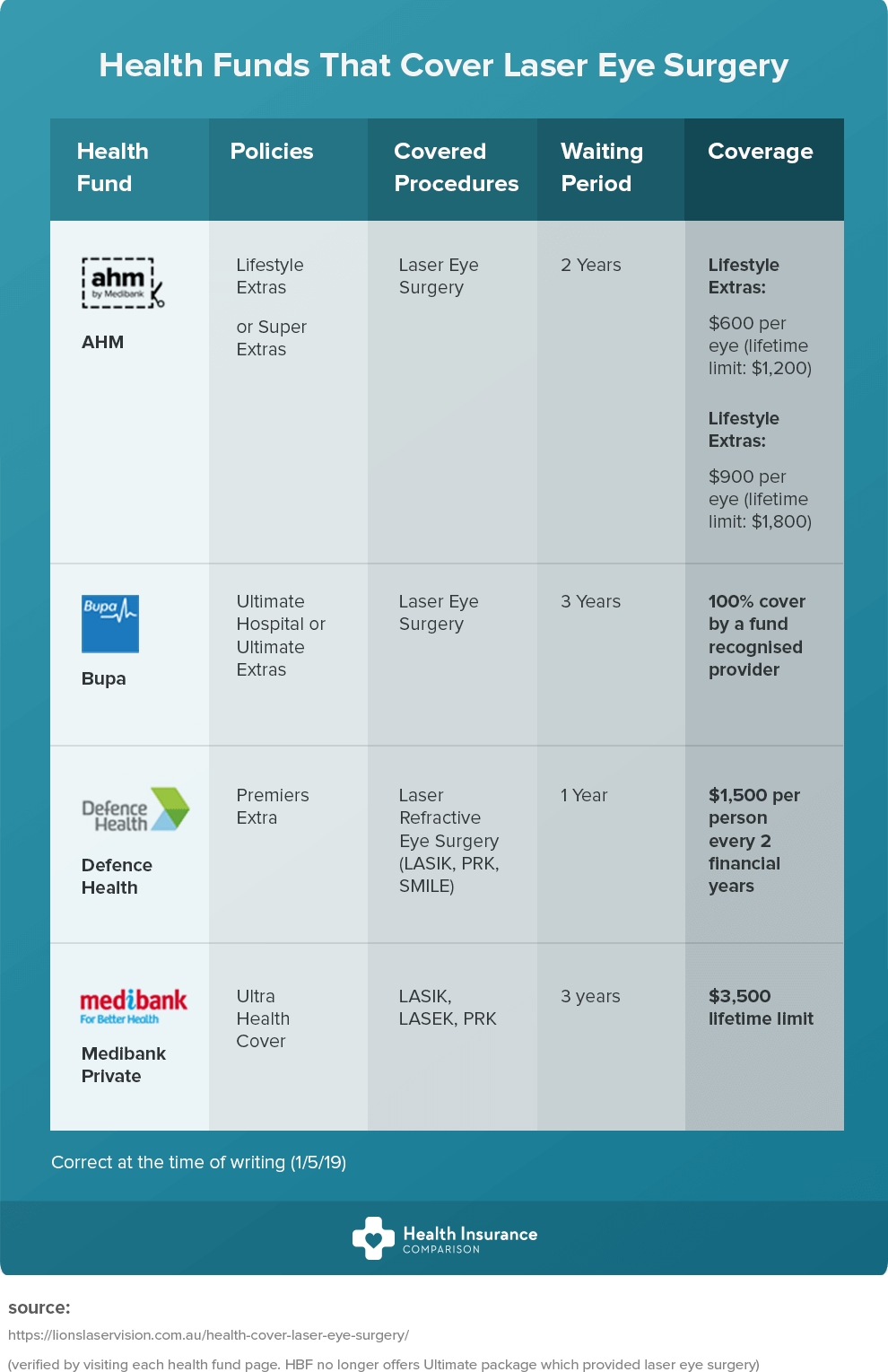Assessing Cataract Surgical Treatment? Examine The Differences Between Standard And Laser Treatments To Highlight The Important Aspects That Will Form Your Vision
Assessing Cataract Surgical Treatment? Examine The Differences Between Standard And Laser Treatments To Highlight The Important Aspects That Will Form Your Vision
Blog Article
Written By-Bay Andreassen
When considering the selection between traditional cataract surgery and laser-assisted techniques, you might find yourself weighing the advantages and drawbacks each technique uses. The choice surpasses the surface area degree of cost and precision, diving into the world of long-term results and client satisfaction. As you navigate via the complexities of these two methods, it ends up being imperative to comprehend the nuanced details that can dramatically impact your aesthetic clearness and total experience. Keep tuned to uncover the important elements that will assist your decision-making procedure in this important facet of eye care.
Conventional Cataract Surgical Procedure Benefits And Drawbacks
When taking into consideration typical cataract surgical procedure, you may find that it's a reputable and widely-used technique. In this treatment, a surgeon makes a tiny laceration in the eye and uses ultrasound to break up the cloudy lens prior to removing it. As soon as the cataract is gotten rid of, a synthetic lens is placed to restore clear vision.
One of the major benefits of standard cataract surgical treatment is its track record of success. cataract surgery light sensitivity have actually had their vision substantially improved via this treatment. Additionally, typical surgical procedure is frequently covered by insurance policy, making it a more easily accessible alternative for several individuals.
However, there are some downsides to typical cataract surgery as well. Recovery time can be longer contrasted to more recent methods, and there's a somewhat higher threat of problems such as infection or swelling. Some clients may additionally experience astigmatism or need reading glasses post-surgery.
Laser-Assisted Techniques Advantages And Disadvantages
Exploring laser-assisted strategies for cataract surgery unveils a modern method that uses laser technology to perform crucial steps in the procedure. Among the key advantages of laser-assisted cataract surgery is its precision. The laser enables very precise cuts, which can cause better aesthetic outcomes. In addition, making use of lasers can reduce the quantity of ultrasound power needed during the surgical treatment, possibly lowering the threat of issues such as corneal damages.
On the downside, laser-assisted strategies can be much more expensive contrasted to typical techniques. This expense mightn't be covered by insurance policy, making it much less available to some people.
Customized LASIK is that not all cataract surgeons are trained in laser modern technology, which could restrict your choices for selecting a doctor.
Finally, while the laser can automate specific facets of the procedure, the surgical treatment still requires a proficient specialist to make sure successful results.
Relative Evaluation of Both Approaches
For an extensive understanding of cataract surgical treatment techniques, it's necessary to conduct a comparative analysis of both typical and laser-assisted approaches.
Standard cataract surgical procedure entails manual lacerations and making use of handheld tools to break up and eliminate the cloudy lens.
On the other hand, laser-assisted cataract surgery uses sophisticated technology to produce accurate incisions and break up the cataract with laser power before removing it.
In terms of precision, laser-assisted methods provide a greater level of precision compared to traditional approaches. Using lasers allows for modification of the treatment based upon each person's eye makeup, possibly resulting in better aesthetic end results.
Nonetheless, laser-assisted cataract surgical treatment tends to be extra pricey than conventional surgical treatment, which may limit accessibility for some patients.
While both methods work in bring back vision impaired by cataracts, the selection between standard and laser-assisted techniques commonly relies on elements such as expense, precision, and specific client needs.
Consulting with your eye doctor can aid identify the most suitable approach for your cataract surgical treatment.
Final thought
In conclusion, when determining between standard cataract surgery and laser-assisted strategies, consider variables like price, precision, and individual requirements. Typical surgical treatment provides a proven performance history and insurance policy protection however might include longer recovery times. Laser-assisted methods provide higher precision and personalization yet can be a lot more expensive and not always covered by insurance coverage. Inevitably, the option between the two methods depends upon what is crucial to you and your particular scenario.
